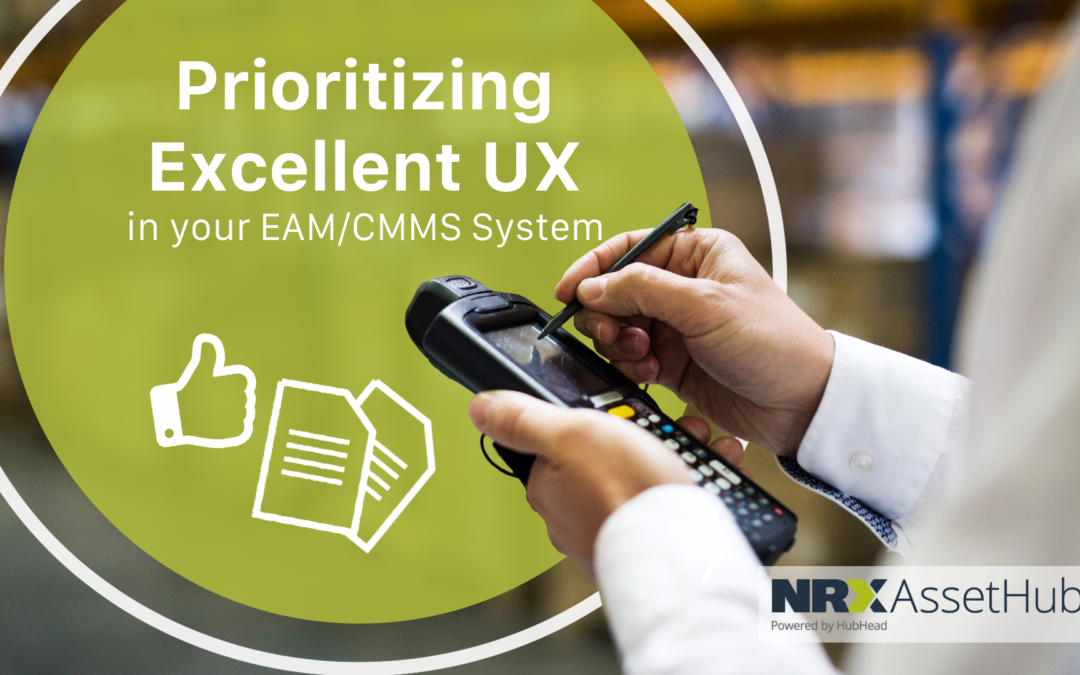If you found a product that did what you needed but proved difficult to operate, would you still use it? If so, could you guarantee your technicians would too? Nowadays, products are consistently being optimized for maximum ease of use to improve the experience of consumers. User experience (UX) focuses on improving the overall experience a consumer has when using a producer’s products. If you’re wondering why your current EAM/CMMS system is difficult to use, the UX could be lacking and you may want to consider an EAM migration to upgrade.

A Sub-Optimal User Experience
In the context of an EAM/CMMS system, the importance of user experience cannot be overstated. When your EAM has poor user experience, simple aspects such as navigation, readability, and even the layout of the program become difficult to manage and negatively effect a user’s ability to operate the system efficiently. In turn, this will slow down workflow drastically and increase the amount of time it takes to get tasks done. Additionally, employees will become extremely dissatisfied with the use of the system. As a result, shortcuts and malpractice will become common within the workplace, inevitably leading to unwanted and potentially devastating results. These are all potential issues that can be prevented with great user experience.
What a Better UX Would Look Like
User experience should entail a variety of different aspects embedded within your EAM/CMMS system, and particularly with an emphasis on simplicity. Data entry should be seamless and reports should be clear and defined. The system itself should be user-friendly to all potential users if accessibility needs must be met. Moreover, the UX design needs to be both intuitive and accessible if maintenance technicians are expected to use it in the long run.
How We Can Help You
Looking to learn more about EAM migrations, improving UX quality, or EAM/CMMS systems more generally? Consider downloading our brochure or booking a demo so our team can help out!
Ensuring EAM Migration Success
How Long Will My EAM Migration Take?
Avoiding Asset Data Loss During an EAM Migration
Share this article




